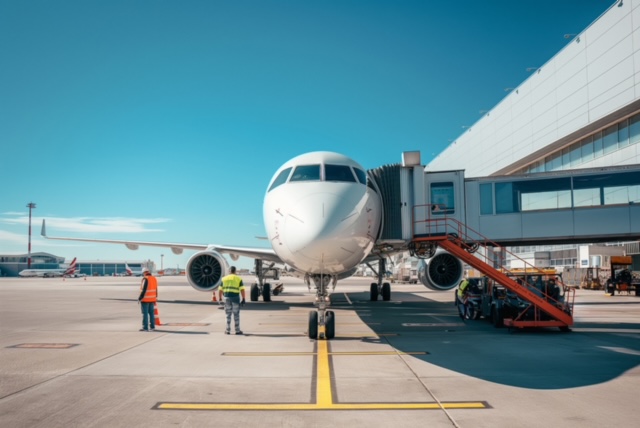AI technology used by airports and airlines during the aircraft turnaround, the time between an aircraft landing and departing again, is proven to increase operational efficiency and reduce delays, according to the 2024 Turnaround Benchmark Report from Assaia.
Contributing significantly to airline and airport profitability, these efficiency gains lower operational costs, improve customer satisfaction and maximize aircraft utilization and airport capacity.
Key findings from the report, which offers detailed analysis of turnaround performance data from global airports where Assaia’s ApronAI technology was active in 2023 and 2024, show that despite an increase in overall traffic at the airports observed, ground delays dropped by 6%, and turnaround time by 4% in twelve months.
This reduction is vital for airlines, as it leads to fewer costly delays – which directly impacts passenger satisfaction.
Additionally, the report highlights an increase in the number of aircraft arriving and departing at each gate, with the median number rising from 4 to 5 ‘turns’ per day.
This change optimizes existing airport capacity, allowing more flights without the need for additional gates, which in turn increases efficiency and boosts potential revenue.
Christiaan Hen, Assaia CEO, says: “With the aviation industry facing ongoing headwinds such as delayed aircraft deliveries, increased air travel demand, higher fuel costs and growing public pressure around sustainability, it has never been more important to prevent inefficiency issues leading to delays and other operational problems.
“The perfect turnaround, which is what Assaia strives to enable, doesn’t just save time, it drives down costs, reduces environmental impact, and enhances the overall passenger experience.
“It is, however, a highly complex and finely balanced process comprising dozens of variables working together to ensure an aircraft lands and departs as efficiently as possible.
“The data in this report is exciting, because it clearly highlights the powerful role AI plays in streamlining airport processes, not only by reducing ground delays, but also by optimizing gate productivity to significantly improve profitability for both airlines and airports alike.”
Assaia’s report also notes a difference between European and North American airport gate utilization performance, mostly attributed to differing gate operation models.
According to the data, European airports manage gate capacity more efficiently, achieving more turns per gate each day, but perform worse in terms of delays.
This highlights a tradeoff between maximizing capacity and maintaining on-time performance (OTP).
Hen comments, “As the demand for air travel continues to grow, the question arises of how much longer the North America model will be sustainable, with capacity wasted due to the constraints of airline-operated gates.”




